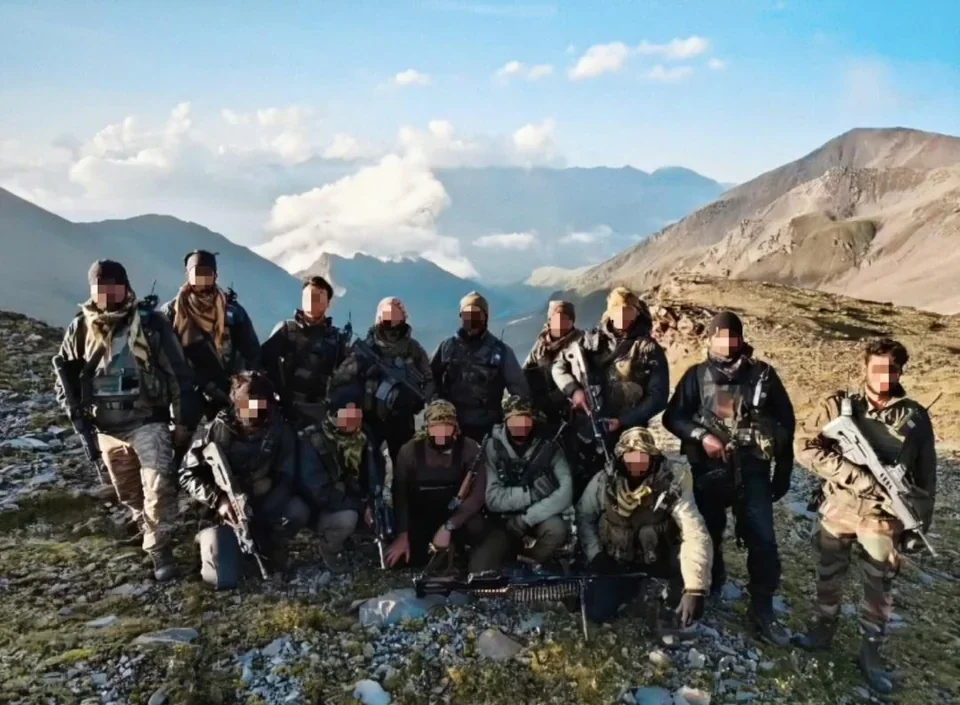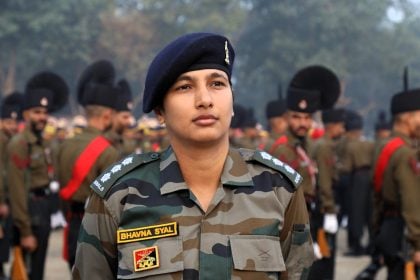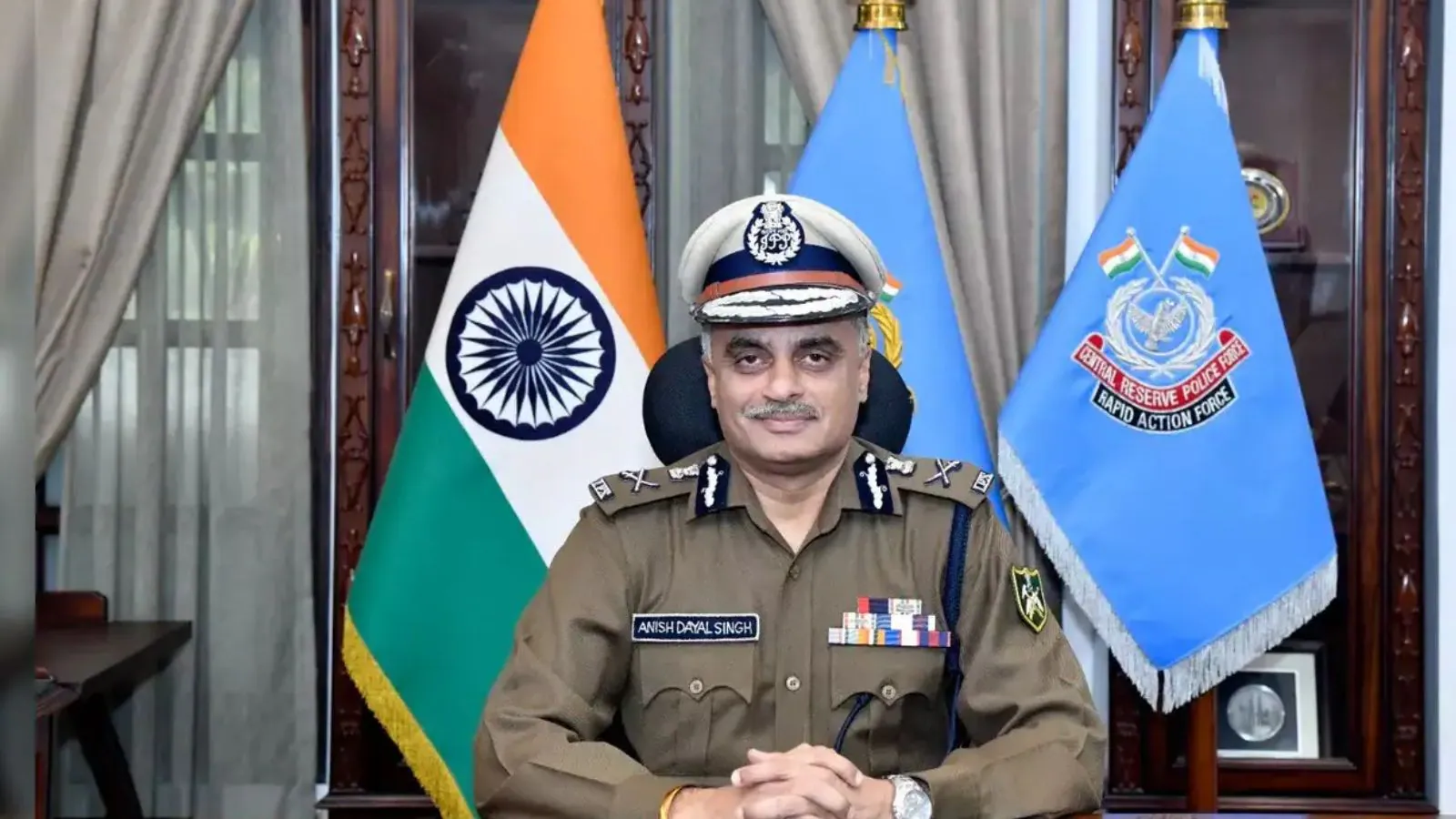All PARA SF Battalions & Their Fearless Nicknames EXPLAINED
The PARA Special Forces (Para SF) of the Indian Army epitomize the pinnacle of military capability and strategic expertise. From…
What Does an Indian Army Captain Really Do? Power & Duties Explained
In the framework of the Indian Army, the role of a Captain emerges as a pillar of leadership and operational…
Master Warrant Officer (MWO) – Power, Duties & Role in IAF
A Master Warrant Officer (MWO) holds a pivotal role in the military framework, acting as a bridge between enlisted personnel…
Who is Anish Dayal Singh?: India’s New Deputy NSA
Former CRPF and ITBP chief Anish Dayal Singh has been appointed Deputy National Security Adviser. Here’s his career, achievements, and…
Subedar Major Sahab: Duties, Power & Why Soldiers Respect Them
The role of a Subedar Major, commonly referred to as SM Sahab, is pivotal in the structure and functioning of…
Former CRPF Chief Anish Dayal Singh Appointed Deputy National Security Adviser
Veteran IPS officer to assist NSA Ajit Doval in tackling insurgency, terrorism, and internal security challenges.




